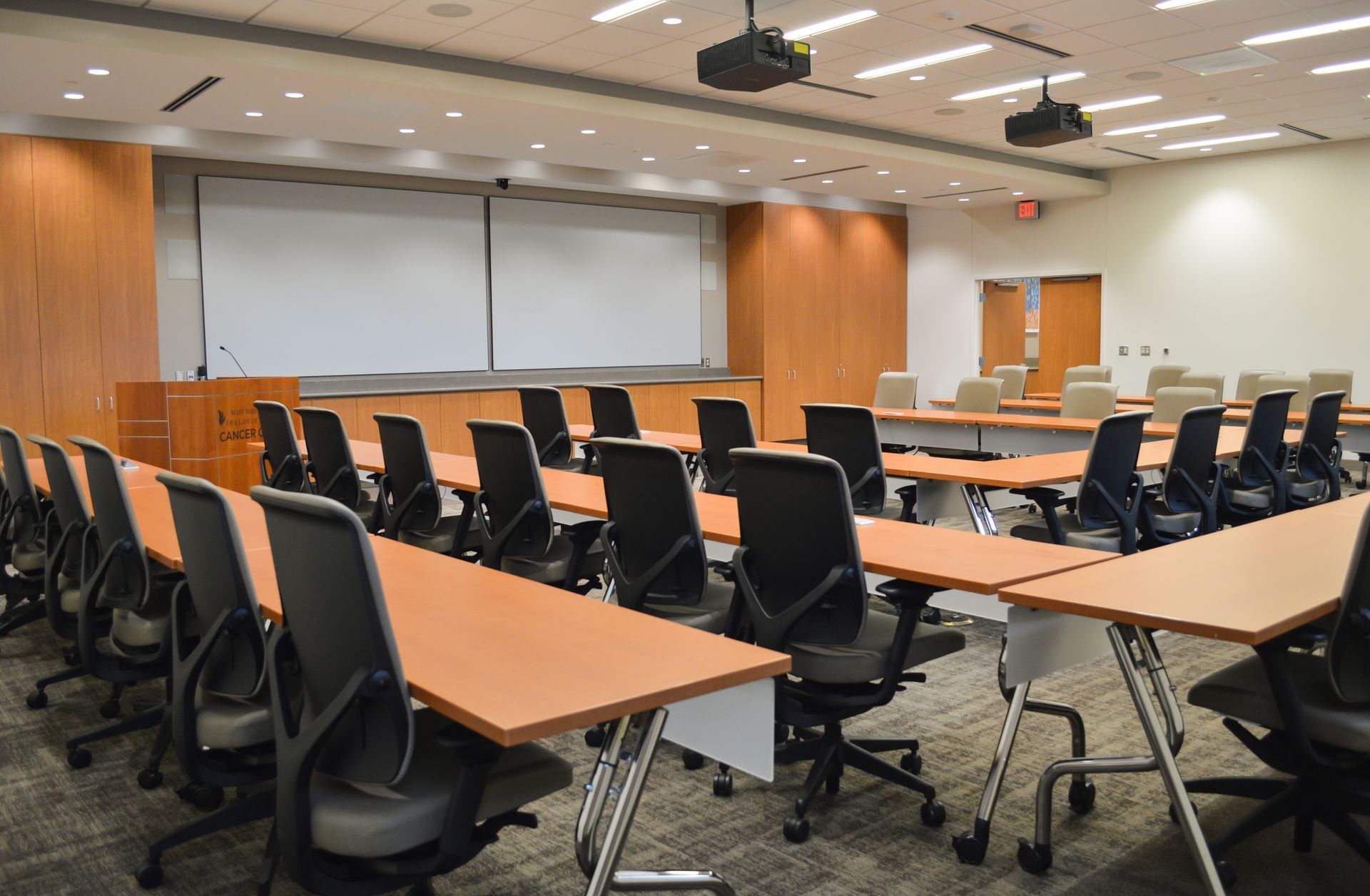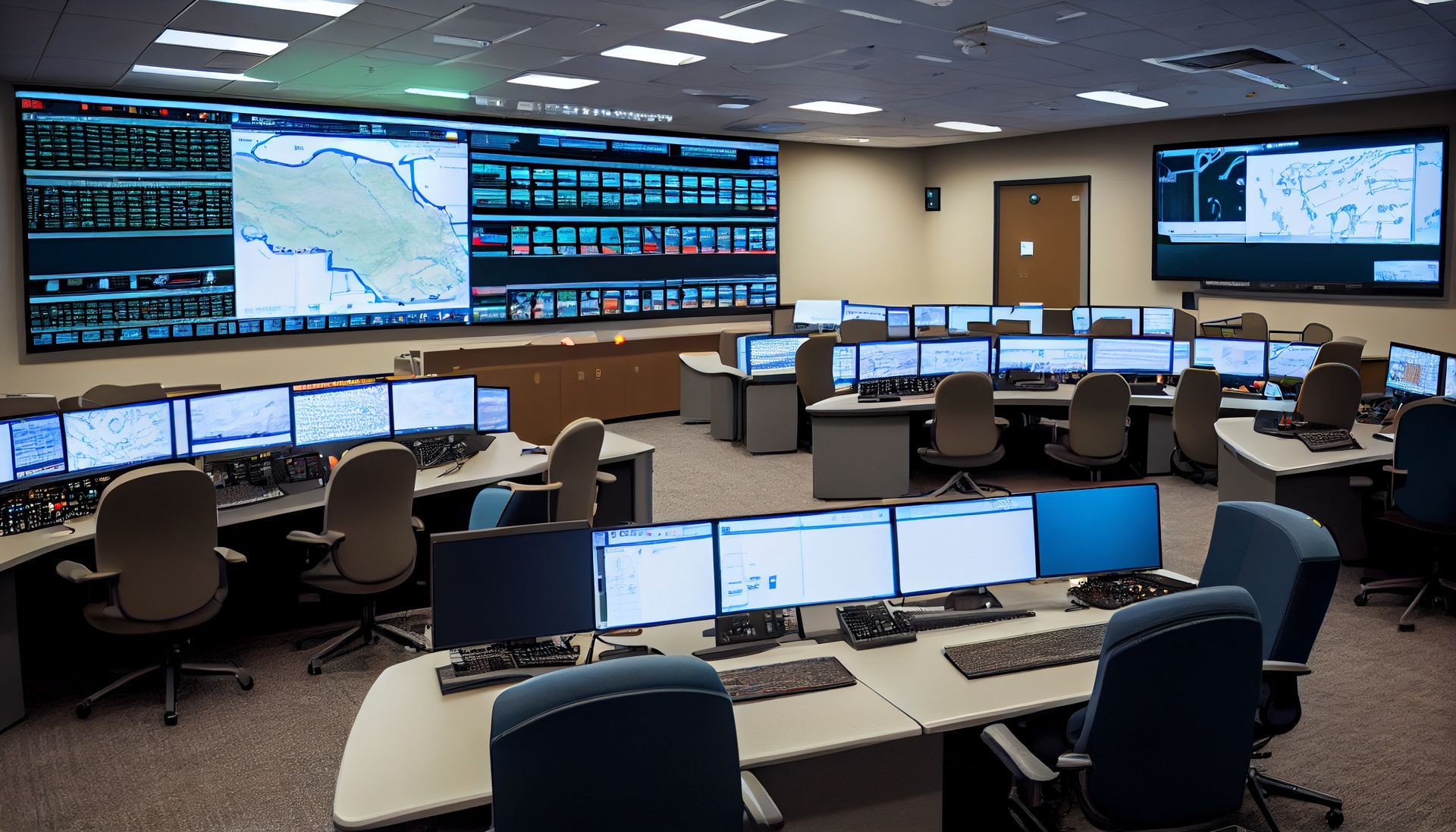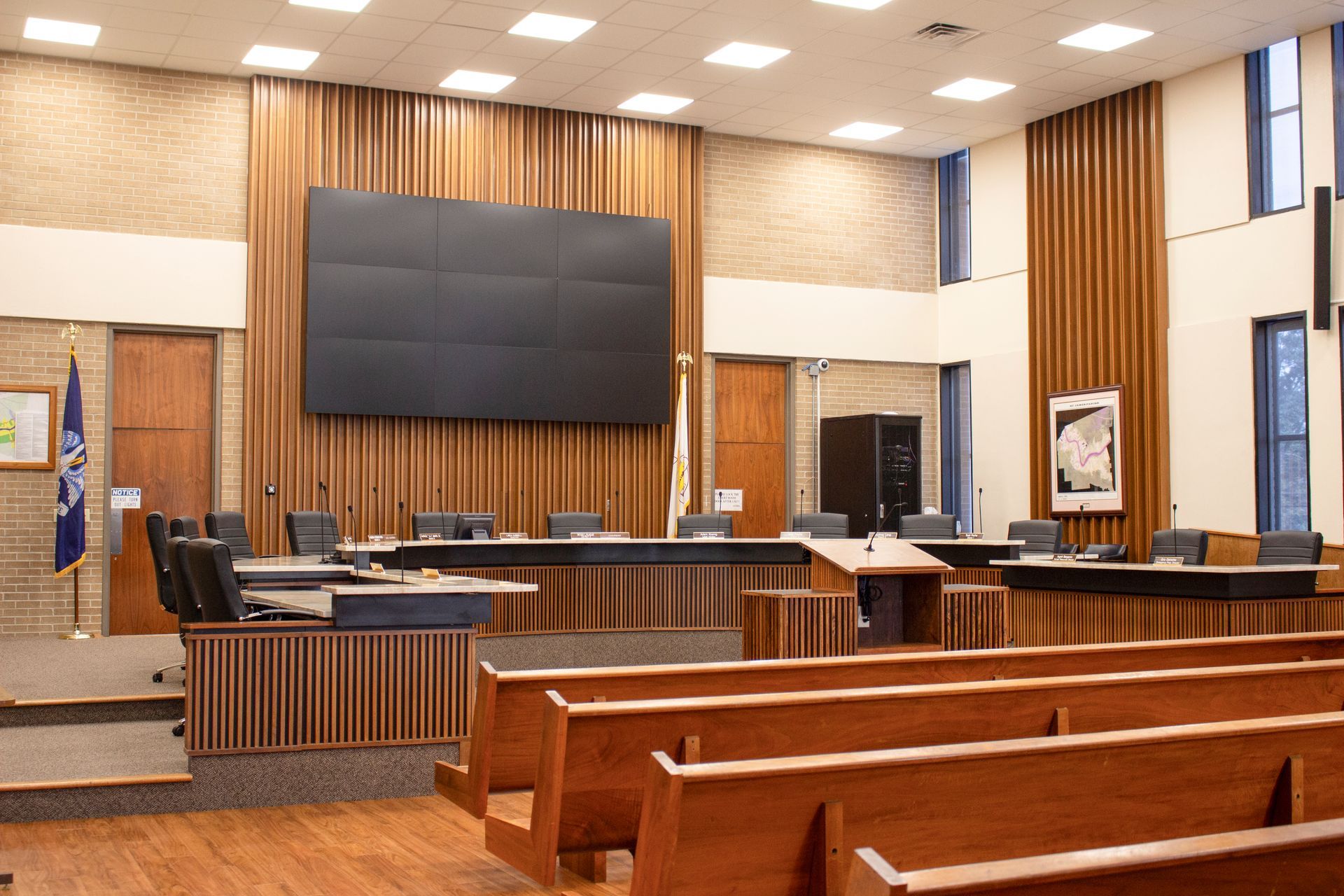Five Benefits of Sound Masking for Audio and Video Conference Calls
Link Integration Group
In today's world of remote work and virtual meetings, audio and video calls have become an essential means of communication. However, background noise and distractions can be a significant challenge for many people, causing frustration and reduced productivity. Fortunately, sound masking technology can provide an effective solution to this problem.
Sound masking is the process of adding background sound to a space to reduce the impact of unwanted noise. This technique has been used in various industries for decades, such as healthcare, hospitality and education. However, it has gained significant popularity recently as a solution for open office spaces and video conferencing.
Sound masking technology can provide numerous benefits for audio and video calls and for general office situations. Reducing unwanted noise, increasing privacy, reducing distractions, improving acoustics and increasing comfort can help create a more productive and enjoyable conversation. Consider investing in sound masking technology if you are struggling with background noise during your audio and video calls.
Here are five benefits of sound masking for audio and video conference calls
- Improve speech intelligibility on audio and video calls:
Background noise can make it challenging for participants to hear and understand each other during an audio or video call. Sound masking technology can provide a constant, low-level background sound that helps reduce the impact of unwanted noise. This results in improved speech intelligibility and a more productive conversation.
2. Sound Masking Increases Privacy
Sound masking technology can also help increase privacy during audio and video calls. It provides a level of acoustic privacy that makes it more challenging for people outside the room to hear what is being said. This is particularly important in open office spaces, where confidentiality is critical.
3. Reduced distractions
Sound masking technology can also reduce distractions during audio and video calls. By adding a constant background sound, it can mask the sound of nearby conversations, phone calls, and other ambient noise that can be distracting. This helps participants to focus on the conversation and be more productive.
4. Sound Masking Can Provide Better acoustics
Sound Masking uses audio signals to create background noise which is intended to reduce unwanted sounds and provide a more comfortable acoustic environment.
This can be particularly beneficial in rooms with hard surfaces, such as conference rooms or open office spaces where sound can bounce around and create an unpleasant acoustic environment.
5. Increased Comfort With Sound Masking
Finally, sound masking technology can also increase comfort during audio and video calls by providing a constant background sound, creating a more relaxed and comfortable environment, reducing stress, and improving the overall experience.





